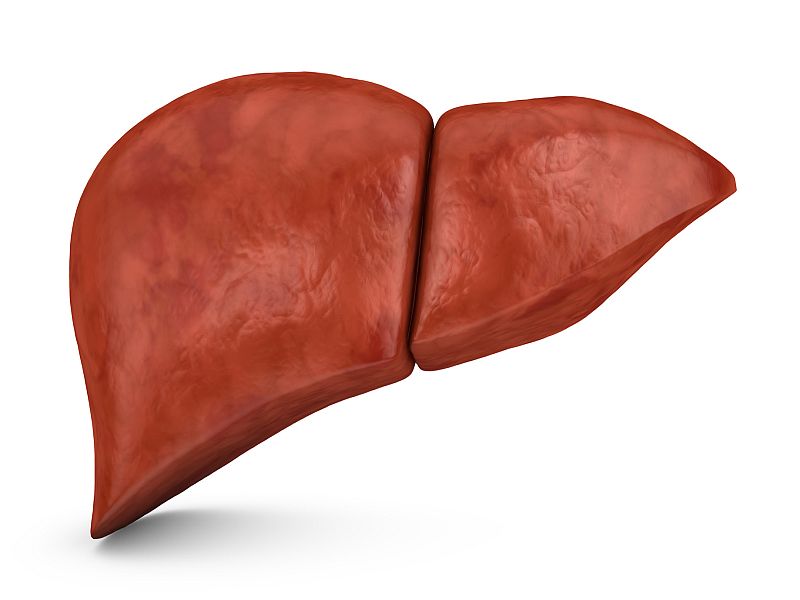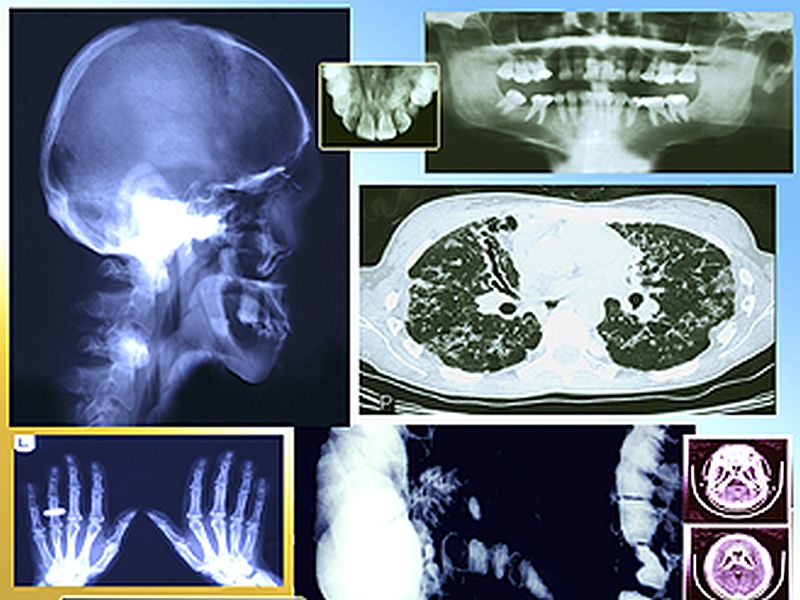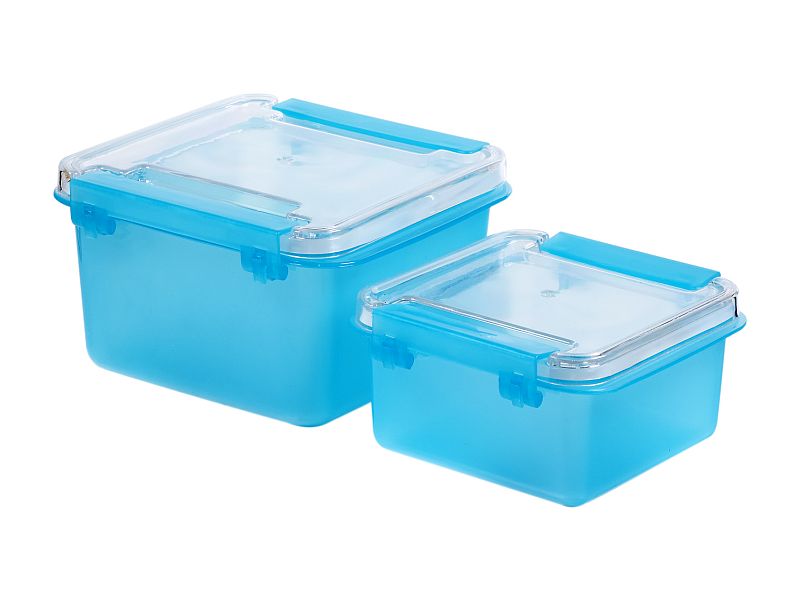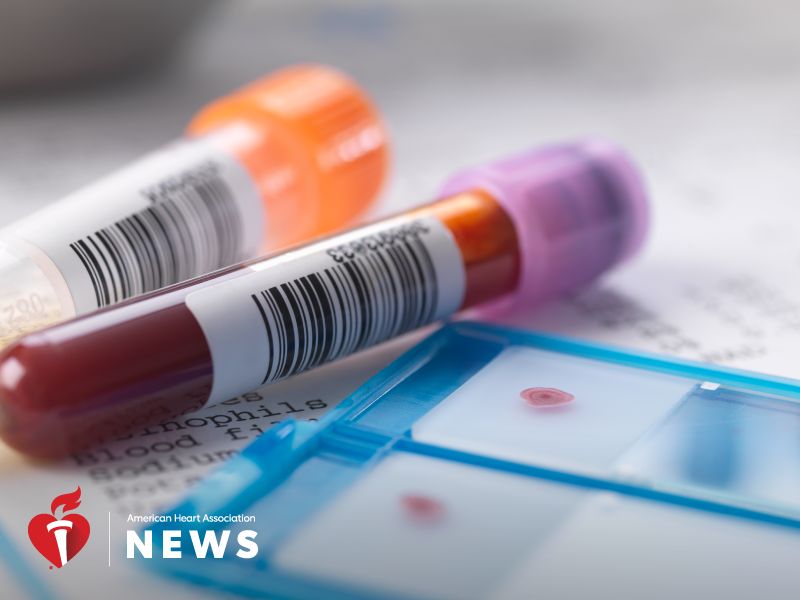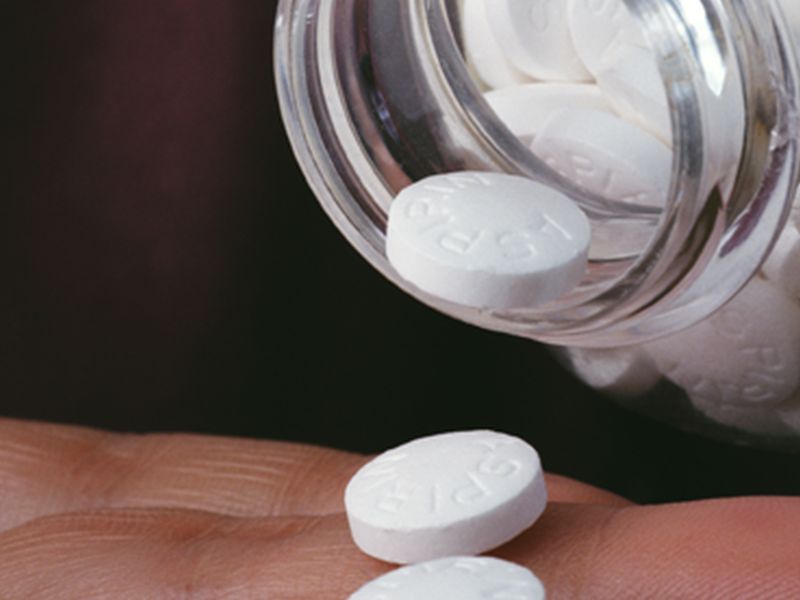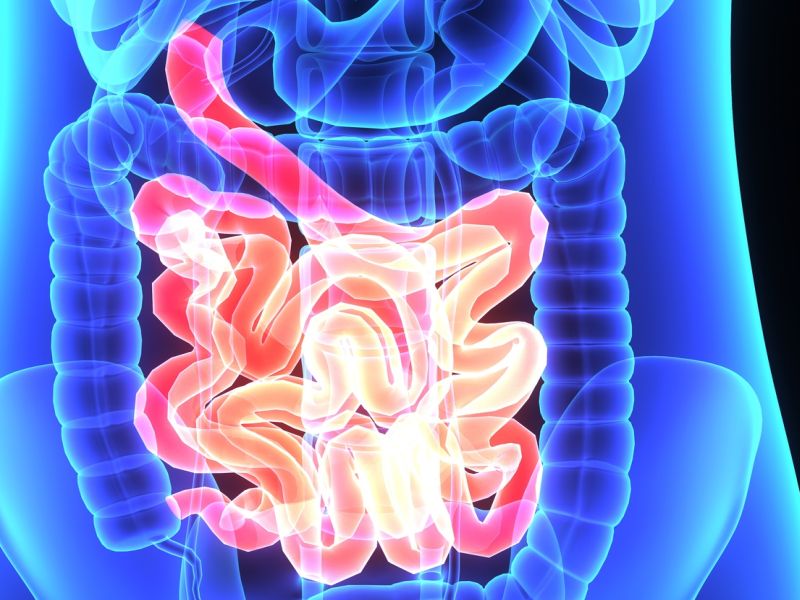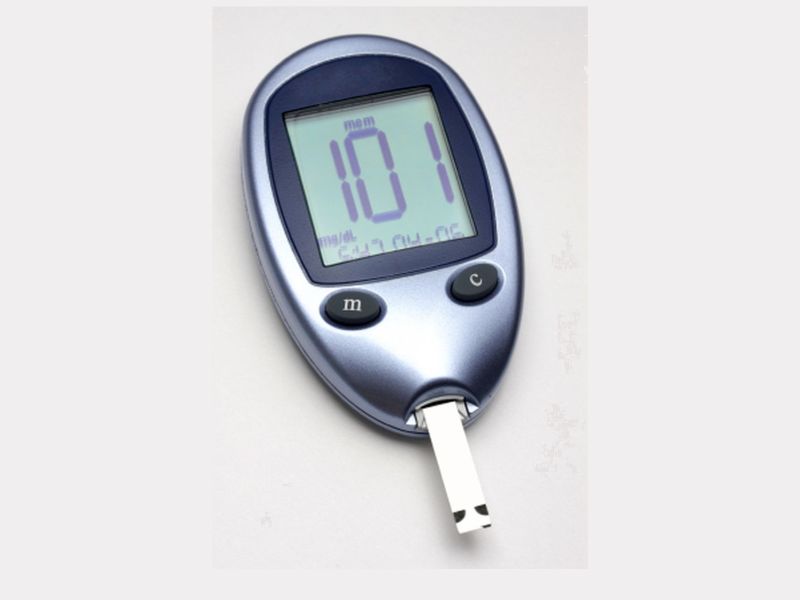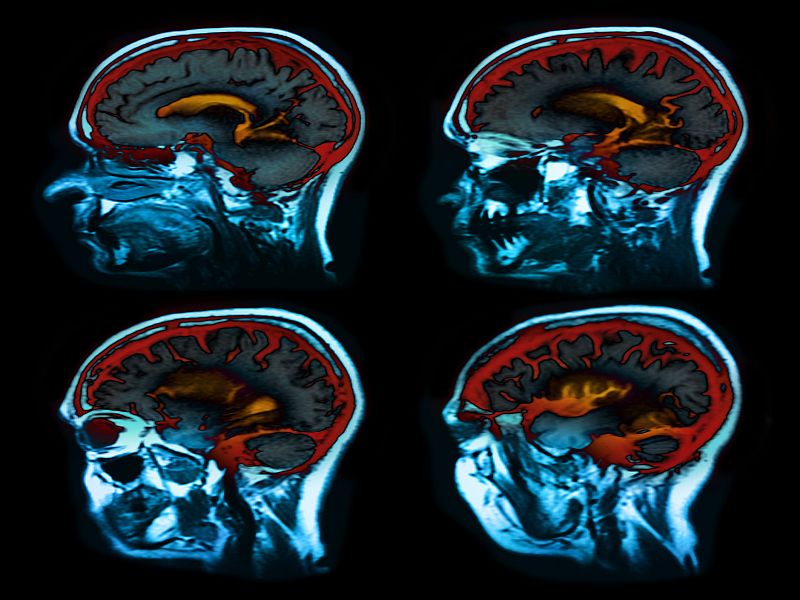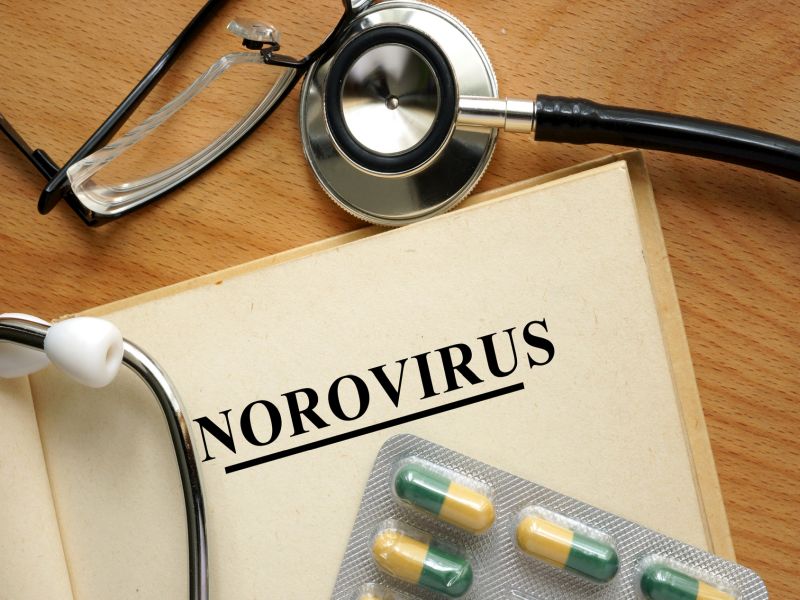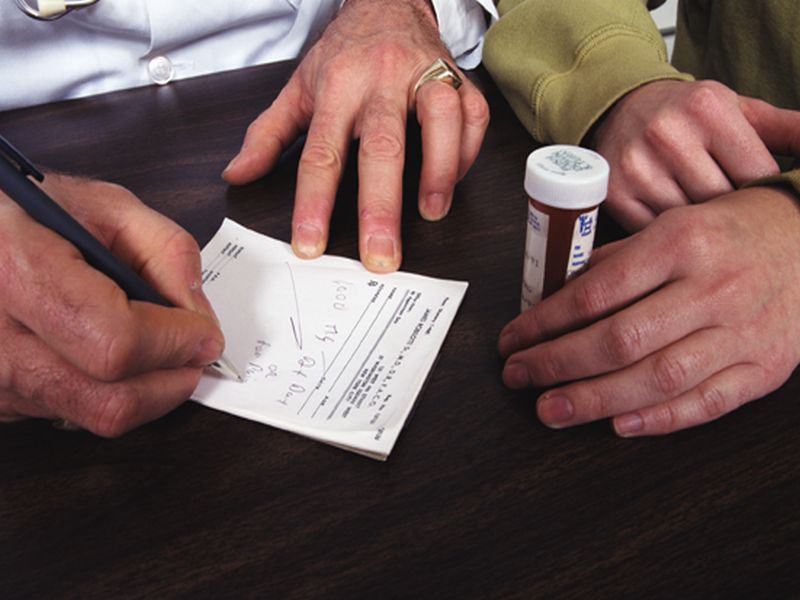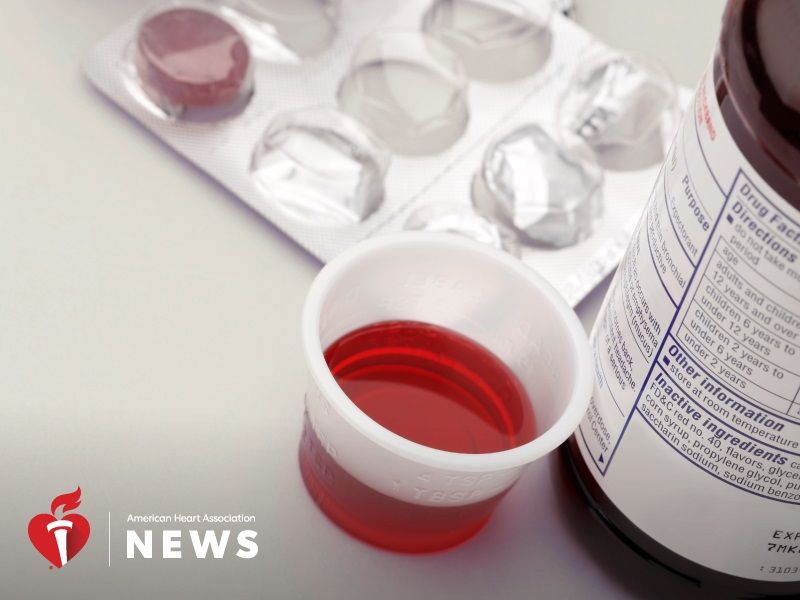TUESDAY, Sept. 18, 2018 (HealthDay News) -- Thousands of Americans struggling with chronic obstructive pulmonary disease (COPD) may have a new treatment option to help them breathe easier.
COPD, which is often linked to smoking, is a progressive deterioration of lung function that involves a combination of bronchitis and emphysema symptoms. It's the third leading cause of death in the United States, and while treatments can ease symptoms, there is no cure for COPD.
However, researchers on Tuesday presented promising new findings from a phase 2 clinical trial. The trial focused on a new COPD treatment called targeted lung denervation (TLD).
In this therapy, doctors disrupt nerves lying on the outside of the patients' airways.
The new trial involved 82 COPD patients treated at medical centers in six European countries. According to the researchers, the treatment reduced problematic symptoms by more than 50 percent compared to patients who got a sham treatment.
"We have been able to significantly reduce chronic respiratory symptoms such as shortness of breath, exacerbations of the disease, infections and hospitalizations in a group of COPD patients who are already on aggressive medical therapy," said lead researcher Dr. Dirk-Jan Slebos, of the University Medical Centre Groningen, in the Netherlands.
In addition, patients saw a better quality of life and improved lung function, he said.
One expert in respiratory care said new treatment options are needed for COPD patients.
Dr. Len Horovitz is a pulmonary specialist at Lenox Hill Hospital in New York City. He explained that TLD works by inactivating nerves lying outside the airways. This results "in dilatation of previously constricted airways, and less production of mucous," he explained.
"While there is medication that COPD patients use to accomplish the same effect, the addition of TLD appears to confer additional therapeutic benefit," said Horovitz, who wasn't involved in the new trial.
The study was funded by Nuvaira, the Minneapolis-based maker of TLD technology. The findings were scheduled for presentation Tuesday at the European Respiratory Society International Congress, in Paris.
In the treatment, a catheter is passed through a tube called a bronchoscope into the lungs. The catheter delivers an electric charge to the nerves on the outside of the airways, altering their normal function.
This allows the airways to relax and widen, make less mucus and also eases inflammation to the airway wall. The catheter and bronchoscope are then removed.
When combined with drugs designed to relax the airway, TLD appears to have an even greater effect, the researchers said.
Among the 82 patients in the trial, the investigators found that in the six months after the procedure, 71 percent of those who received the sham treatment experienced a serious flare-up of their COPD, compared with only 32 percent of those who were treated with TLD.
"Furthermore, the positive benefit has continued in those receiving TLD treatment, with the number of patients hospitalized for respiratory complications in the first year reduced by more than half in the treatment arm versus the sham arm," Slebos said in a meeting news release.
The study team reported that no patients died. Among those receiving TLD, five patients experienced side effects that included nausea, abdominal bloating and digestion discomfort. These problems were short-lived and gone within six months.
According to Horovitz, the invasive nature of the procedure may not make TLD appropriate for all COPD patients. "This procedure would be contemplated in patients who are very symptomatic with shortness of breath and frequent exacerbations," he said.
A much larger, phase 3 trial is being planned for 2019, the researchers said.
Experts note that research presented at medical meetings should be considered preliminary until published in a peer-reviewed journal.
More information
For more about COPD, visit the American Lung Association.



